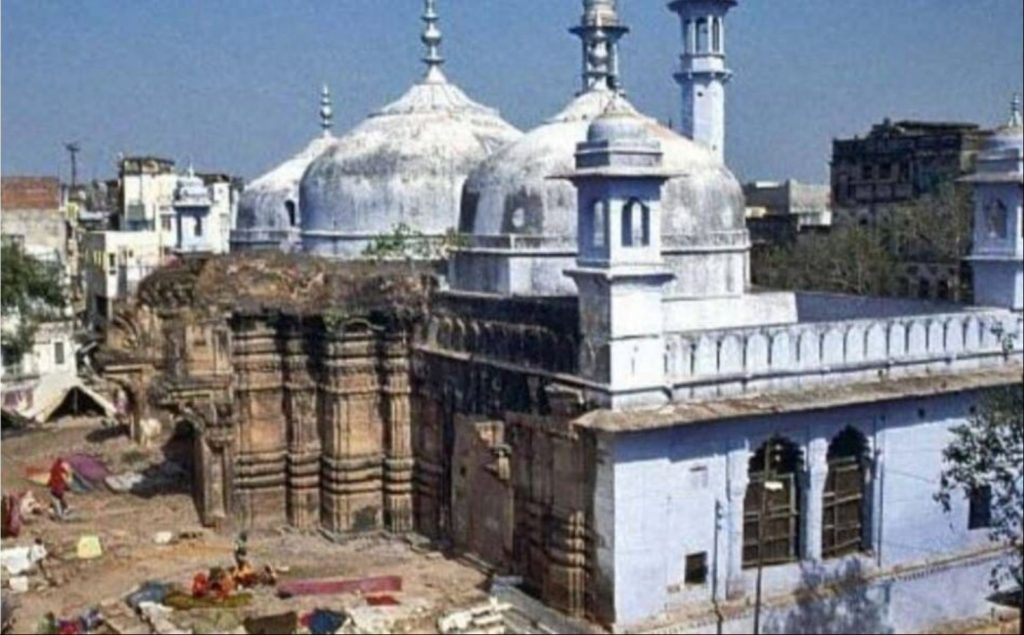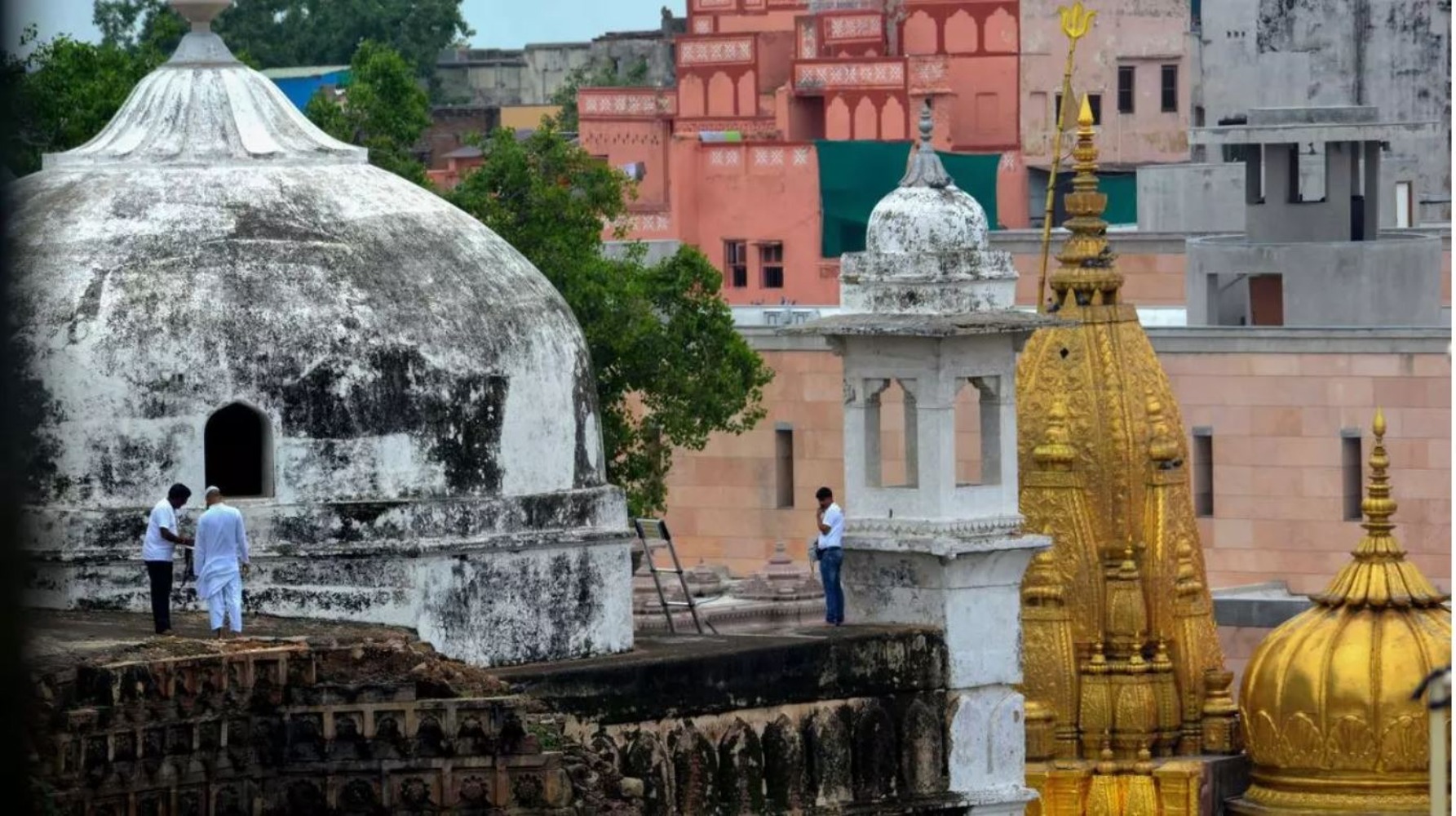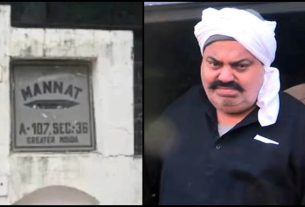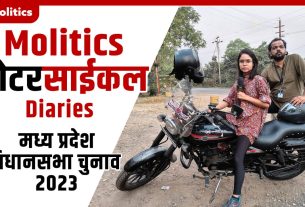It drew the conclusion on the basis of scientific survey, study of architectural remains, exposed features and artefacts, inscriptions, art and sculptures.

The ASI survey report on the Gyanvapi complex here suggests that the mosque was built on remains of a pre-existing temple, claimed counsel for the Hindu side Vishnu Shankar Jain. According to Jain, the survey affirms the presence of a substantial Hindu Temple predating the construction of the current structure at the Gyanvapi mosque complex. To subscribe please click tau.id/2iy6f and access our live channel.
While the full 839-page report is not yet accessible, some operative parts of the ASI report said it had concluded that “it can be said that there existed a large Hindu temple, prior to the construction of the existing structure”.
ALSO READ: Former ASI Director Suggestion on Gyanvapi
The ASI said it drew the conclusion on the basis of scientific survey, study of architectural remains, exposed features and artefacts, inscriptions, art and sculptures. The Varanasi court had on January 24 allowed the findings of the ASI report to be made available to all parties.
The ASI carried out a court-approved scientific survey of the 17th-century mosque adjoining the Kashi Vishwanath Temple to determine if it was constructed over a pre-existing structure of a temple, as claimed by Hindu petitioners who have sought year-round access for darshan and pooja of Maa Shringar Gauri in the Gyanvapi Masjid compound.
The ASI based its findings on the observations and scientific study of the “central chamber and main entrance of the pre-existing structure in existing structure”. It claimed that there was “reuse of pillars and pilasters of pre-existing structure in existing structure” and that the “central chamber of the pre-existing structure forms the central hall of the existing structure”.
“This wall, made of stones and decorated with horizontal mouldings, is formed by remaining parts of western chamber, western projections of the central chamber and western walls of the two chambers on its north and south. Central chamber attached to the wall still exists unchanged whereas modifications have been made to both the side chambers,” the report said.
Minute study of the pillars and pilasters in the corridor of the mosque “suggest that they were originally part of the pre-existing Hindu temple. For their reuse in the existing structure, vyala figures carved on either side of lotus medallion were mutilated and after removing the stone mass from the corners that space was decorated with floral design.
This observation is supported by two similar pilasters still existing on the northern and southern wall of the western chamber in their original place. The ASI during its survey recorded 34 inscriptions on the “existing and pre-existing structures” and 32 estampages were taken.
Reuse of earlier inscriptions in the structure suggest that the earlier structures were destroyed and their parts were reused in construction or repair of the existing structure, the ASI said, adding that three names of deities such as Janardhana, Rudra and Umēśvara were found in these inscriptions.




